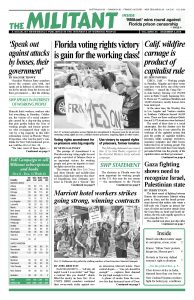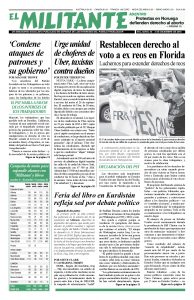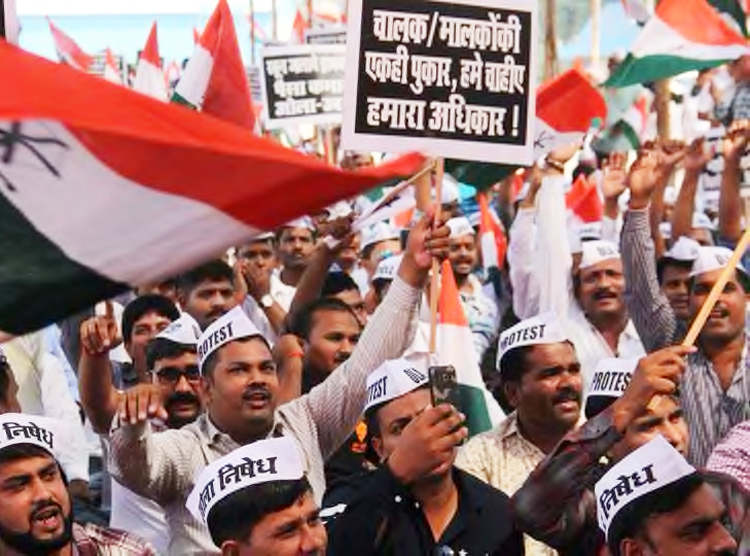Thousands of drivers for Uber and Ola resumed their strike against the bosses at these app-based companies in India Nov. 17, snarling traffic. They are demanding higher fares, a guaranteed minimum base pay and more sustainable work hours.
After a promise by the Maharashtra chief minister to hold a meeting to hear the drivers’ demands, the strike was suspended Nov. 19. The drivers did organize a rally in Mumbai that day, but prior to the action police arrested protest leaders, reported the Hindustan Times.
The action had relaunched what the union of Ola-Uber drivers — Maharashtra Rajya Rashtriva Kamgar Sangh — said was the second round of an ongoing strike. On Oct. 22, some 20,000 drivers in Mumbai, as well as more in New Delhi and other cities, had begun their strike, the Indian Express reported.
It lasted 13 days until company officials and Maharashtra Transport Minister Diwakar Raote promised to discuss and resolve these issues with union officials. Two weeks later, after nothing was settled, drivers walked out again.
The companies “have reduced fares when they should be paying a higher rate,” Sunil Borkar, secretary at Mumbai taxi drivers’ union told Reuters. Fuel prices in India have risen more than 20 percent since the beginning of this year, as drivers’ incomes plummeted. Some say they have to work up to 16 hours a day to try and make ends meet.
Union drivers of auto-rickshaw and tourist permit cabs conducted a one-day strike in New Delhi Oct 22. The taxi unions also organized a protest in front of Parliament that day with Ola and Uber drivers joining in.
Uber and other e-hail car services attract drivers by offering high incentives, encouraging them to take out loans to buy cars in hopes they can make good money. But in their drive for profits, the bosses then cut fares and cut back on payments to drivers more, squeezing them as they face rising debts.


